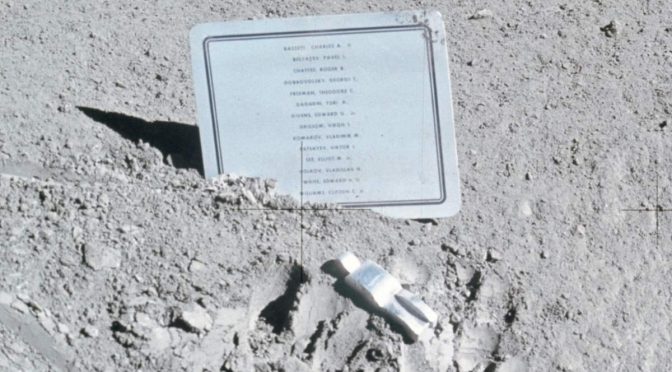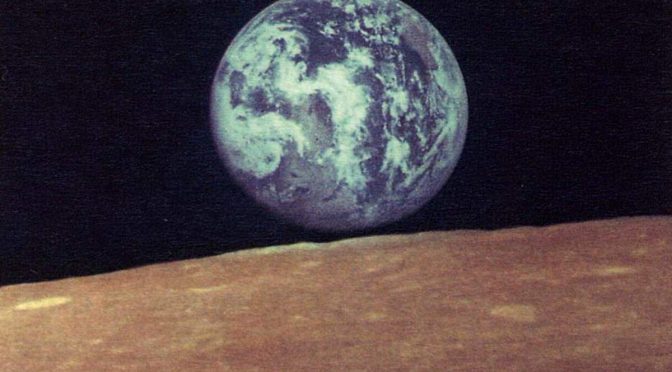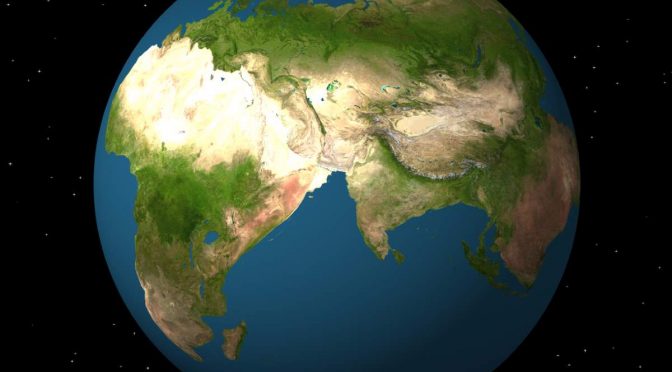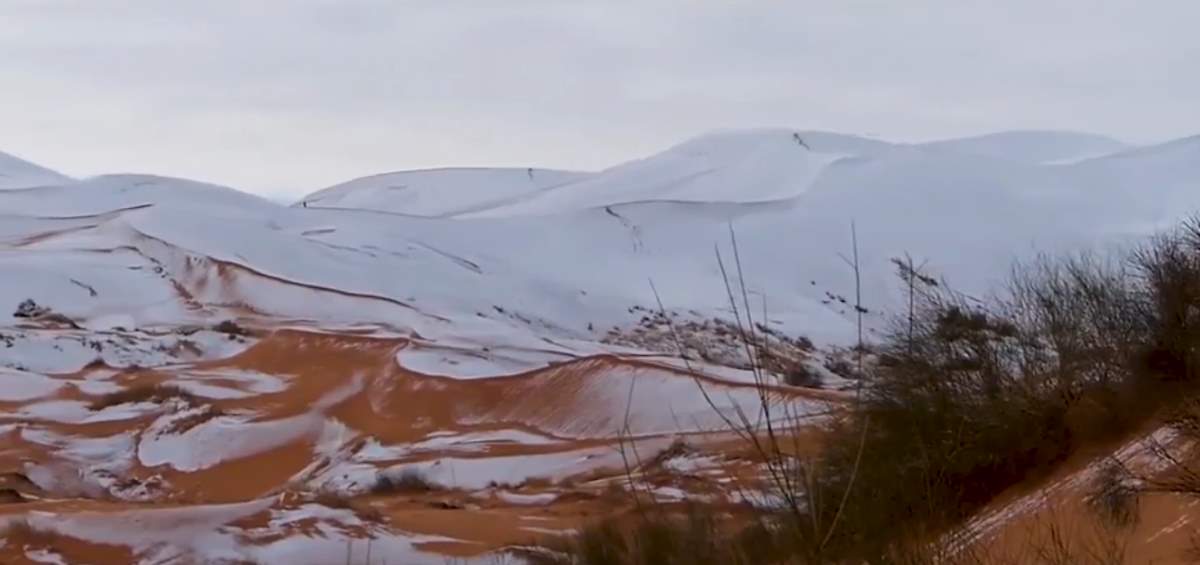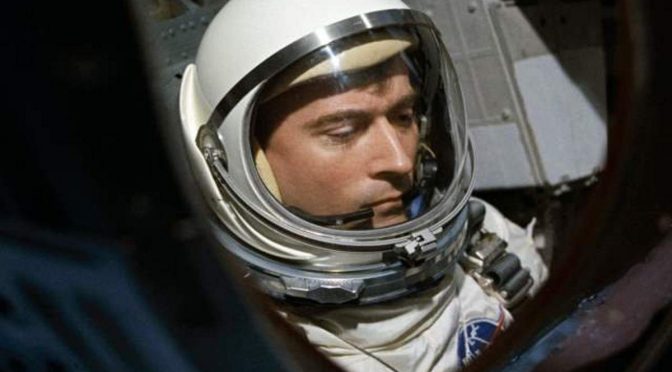On August 2, 1971, during the third EVA (Extravehicular activity) of the Apollo 15 (see notes 1) mission, commander David Scott drove the rover away from Lunar Module, where the television camera could be used to observe the lunar liftoff. Then he left a small aluminum statuette called “Fallen Astronaut” next to the rover, which commemorates those astronauts and cosmonauts who lost their lives in the pursuit of space exploration. Scott also left a plaque bearing the names of 14 known American astronauts and Soviet cosmonauts deceased by that time, along with the statuette. The names of Astronauts and cosmonauts were inscribed in alphabetical order on the plaque.
The crew of Apollo 15 kept the memorial’s existence a secret until after the completion of the mission.
Continue reading “There’s a Memorial to Fallen Astronauts on the Moon and a small statue called “Fallen Astronaut””